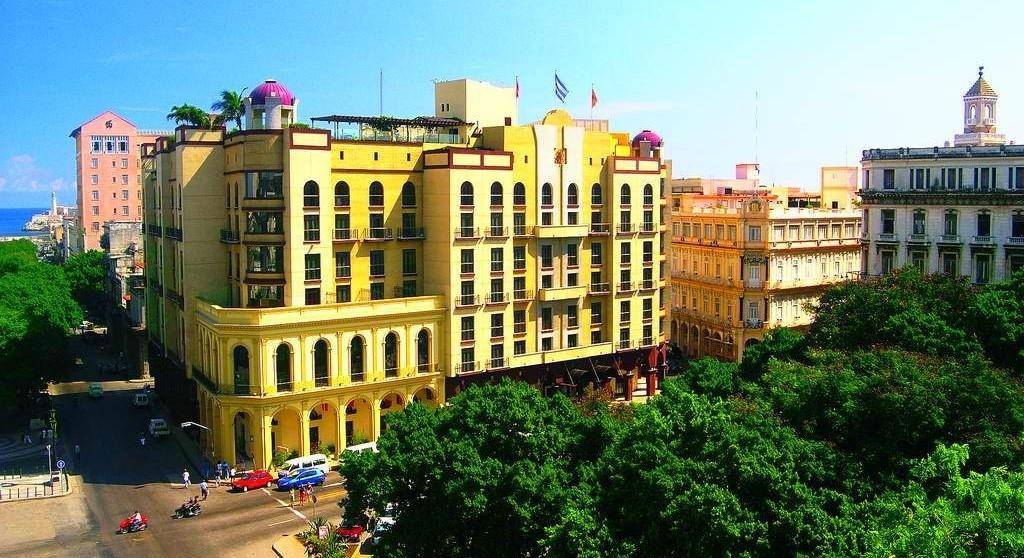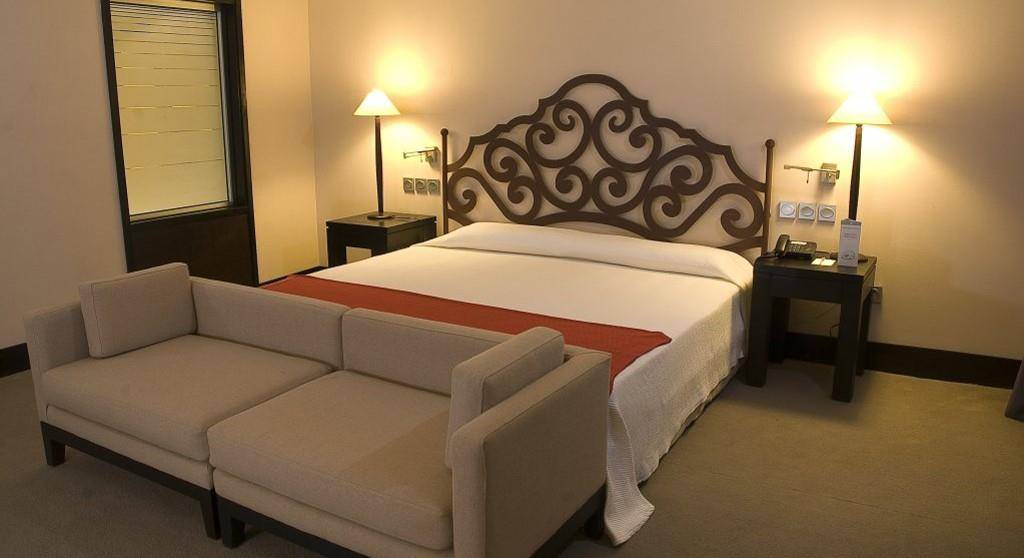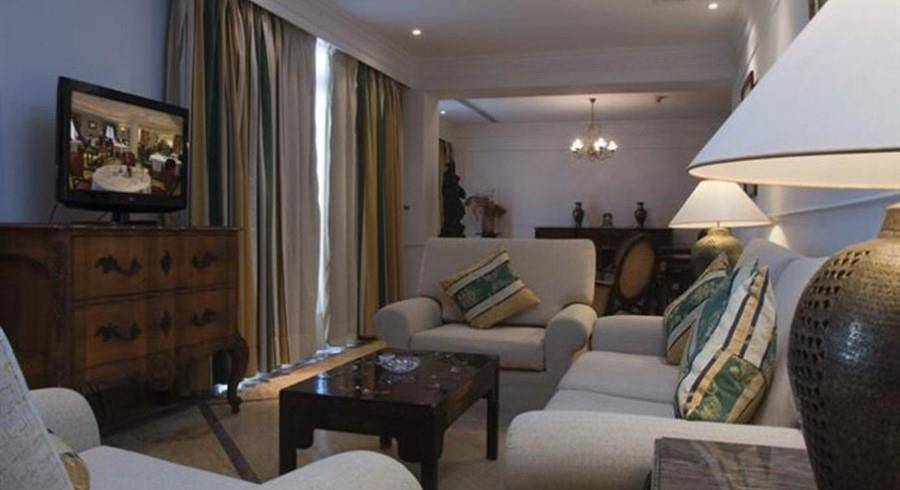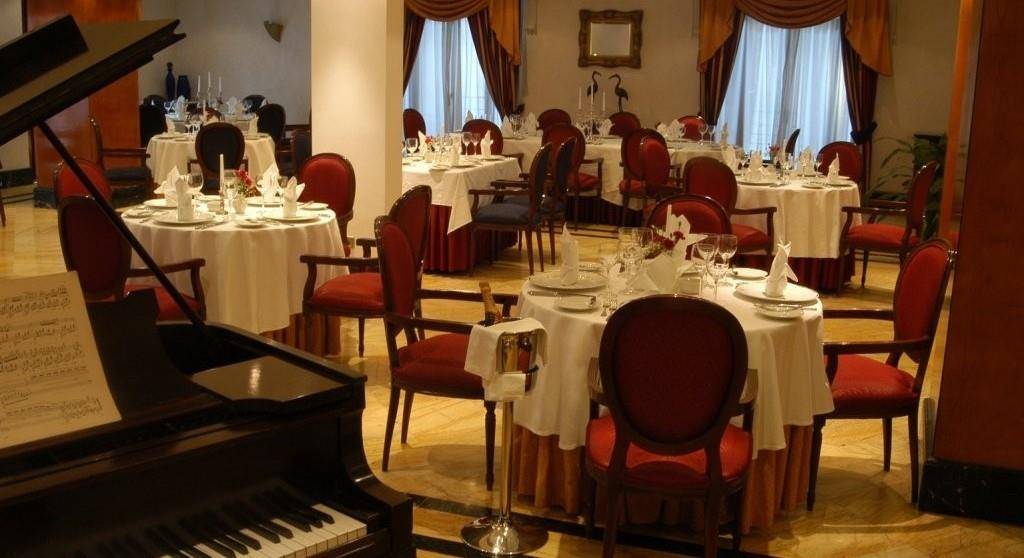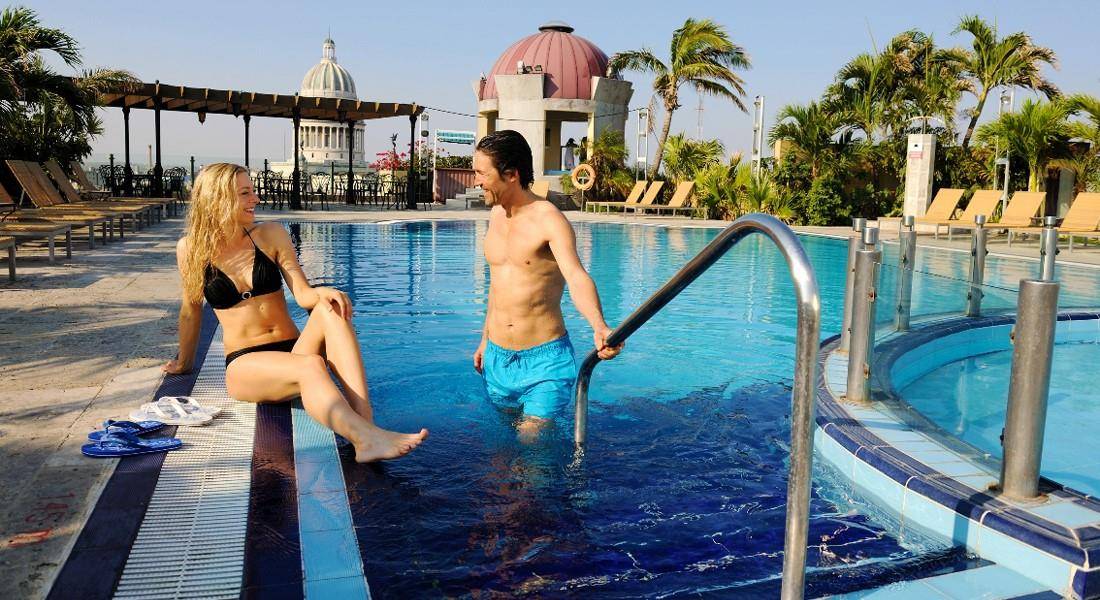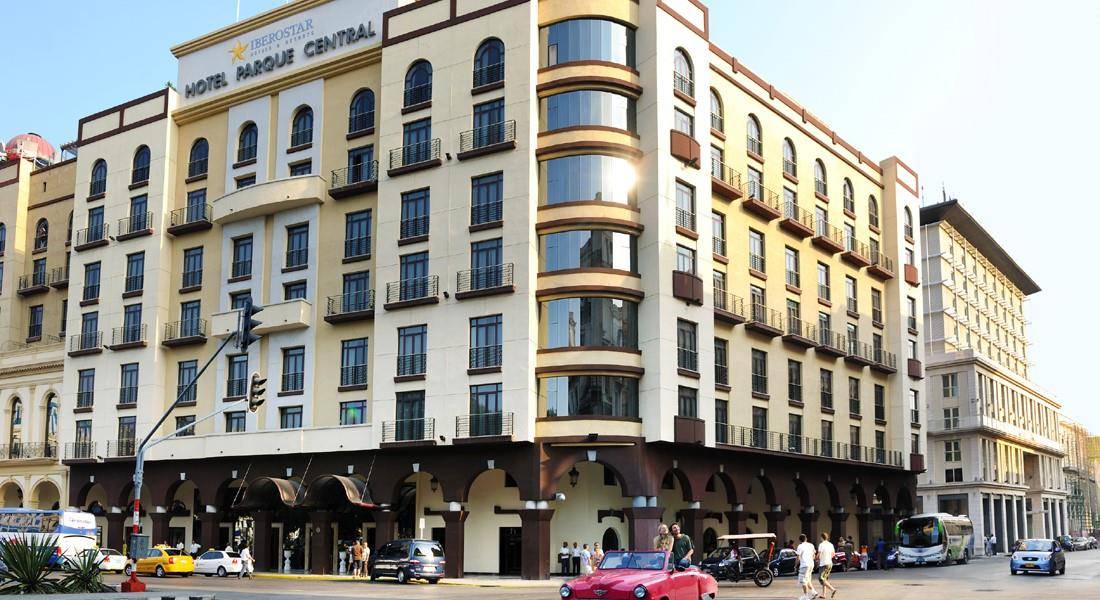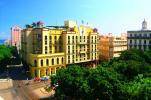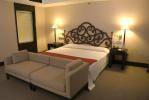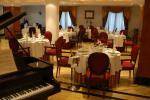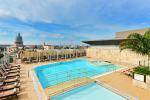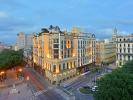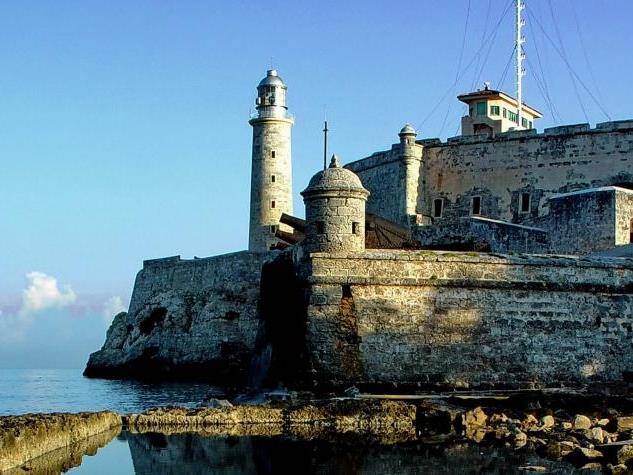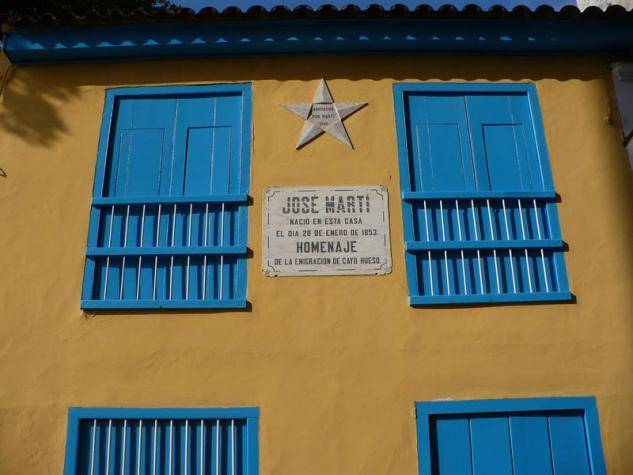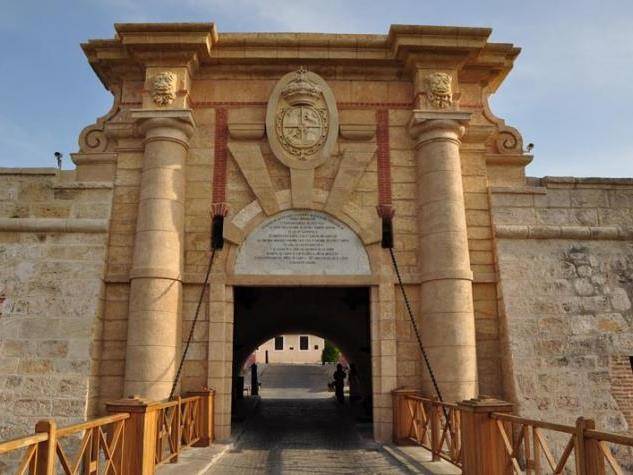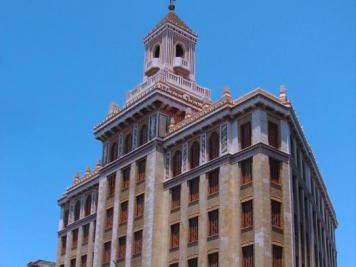
Edificio Bacardí
The Edificio Bacardí (Bacardí Building) is the first Art Déco building in Havana. It is considered an architectural jewel of its time, as well as one of the best examples of decorative art. Construction finished in 1930, and it was the tallest building on the island at that time. It is said that the building contains marble and granite from almost every nation in Europe. This building has 12 floors, 5 of which are offices for rent, and a total space of 7,031 square meters. Its facade is covered in Baviera red granite and on the top you will see a bat, the symbol of the Bacardí company. At the end of 19th Century, the Bacardi rum was very famous in Cuba and abroad. Its creator, Don Emilio Bacardi, was a Spaniard settled in the island. It is said that he had a bat as a talisman which was used as logo in the first distillery that made him to win fortune. It has a tiered pyramid design, using tiles as a decorative element from Catalonian Modernism, giving the building a wonderful shade effect. The richness of its interior decoration is given mainly by the natural beauty of its marbles, brought from Europe and the typical accessories of Art Deco like lamps, ironworks, drawings, etc. Currently, the building houses Cuban offices, offices for and international companies. The lobby has a bar open to the public and you’ll be able to climb the tower and get a wonderful view over Havana.

